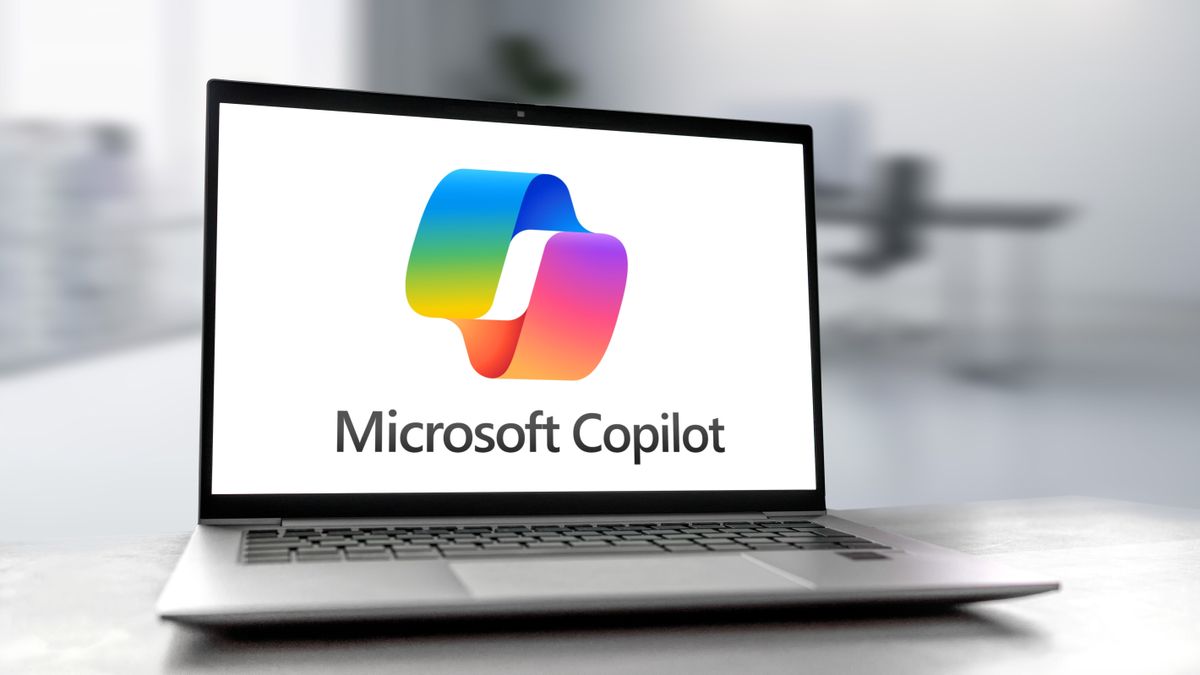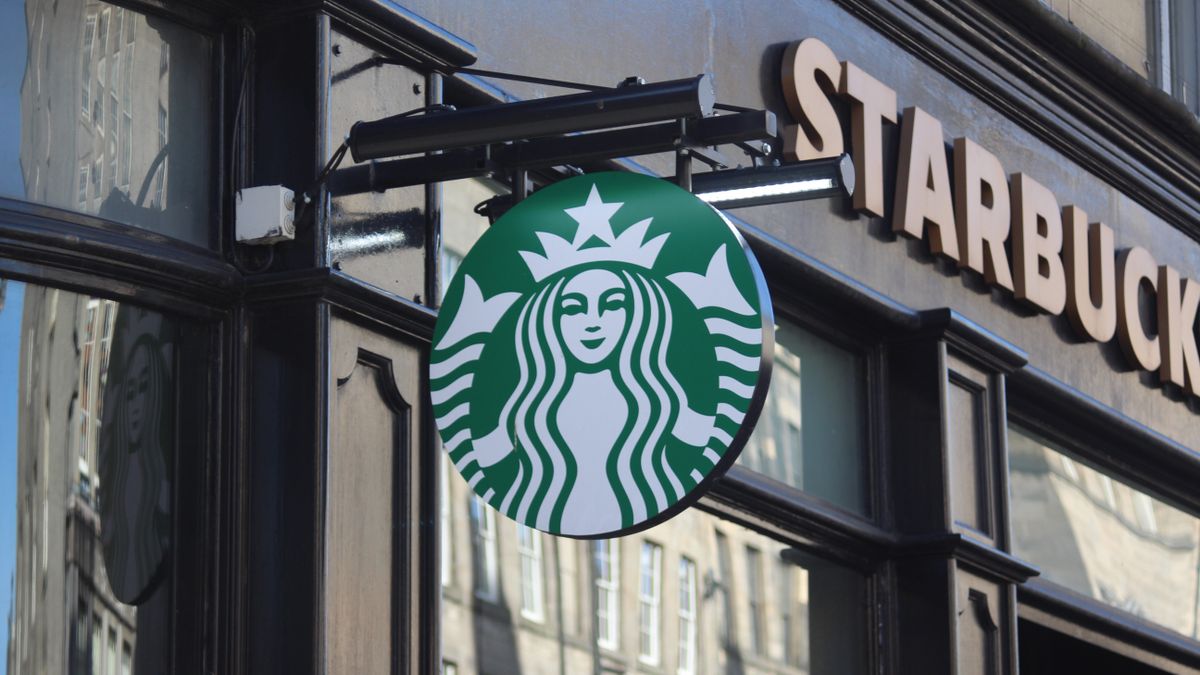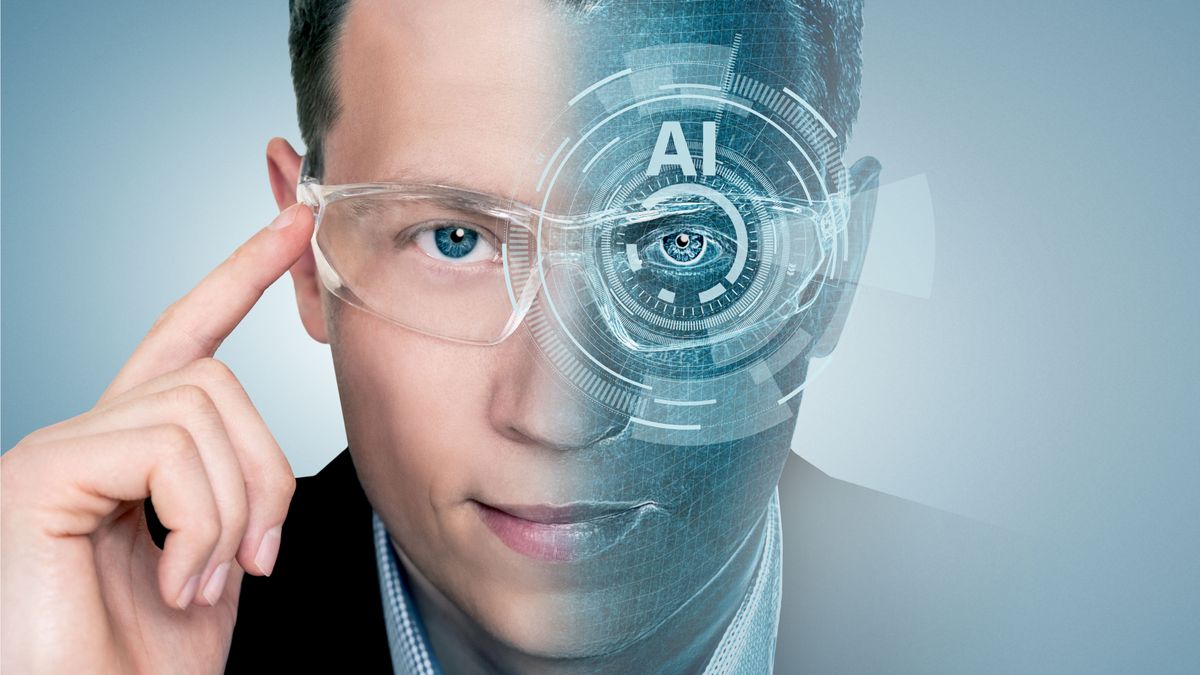Tech companies would like us to believe that their products tell a story about progress. Faster phones! Better cameras! Brighter screens! Yet despite all the improvements, there are pieces of tech that have been flawed for years.
Text messaging technology, which created what many call the “green vs. blue bubble” disparity, has made texting between Apple and Android phones a subpar experience for nearly as long as smartphones have existed. Newer inventions, such as self-driving cars and cryptocurrency, continue to put people in harm’s way.
To give credit where it’s due, there were some improvements last year that were big wins for consumers. We now have a common power cable for charging our many gadgets. So-called foldable smartphones that open and close like a book now have consumer-friendly software. Companies also made strides in wireless phone service technology, which greatly simplified the process for people to switch phone plans and save lots of money.
With the start of a new year, let’s look ahead at the tech that needs improvement this year and reflect on the solutions we found in 2023.
The Tech That Needs to Be Fixed in 2024
Text Messaging
“Who’s the green bubble?” Among smartphone users, this has become a common question inside group texts. When iPhone users send texts to other iPhones, the messages appear blue and can tap into exclusive perks like fun emojis and animations. But when texts are sent between iPhone users and Android users, the bubble turns green, many features break, and photos and videos deteriorate in quality.
The technological incompatibility between smartphones has created a deeper sociological divide. In schools, children with Android phones are often mocked and excluded from activities by those with iPhones, according to education experts. And some adults using dating apps perceive messages sent through a green bubble to be a “red flag” for a potential suitor’s financial instability because some Android phones cost less than iPhones.
Later this year, a big part of these texting issues will be fixed. Apple said it planned to adopt rich communication services, a modern texting standard that Google and Android phone makers use for messaging. Text messages sent between iPhones and Androids will remain green, but videos and images will load in high resolution, and features like location sharing and read receipts will also work inside texts. But it remains to be seen whether this will be enough to end the bubble war.
The rise and fall of Cruise, a self-driving car company, is a cautionary tale for Silicon Valley’s modus operandi of placing innovation above all else, including public safety. In October, a few months after California regulators allowed Cruise and Waymo to fully operate paid driverless taxi services, a Cruise vehicle struck a San Francisco pedestrian and dragged the victim for 20 feet.
Shortly after, regulators ordered Cruise, a subsidiary of General Motors, to halt its robotaxi service. The company cut 25 percent of its work force, and Kyle Vogt, the company’s chief executive, resigned.
Here’s hoping 2024 is a better year for autonomous driving technology. Waymo, the driverless car company spun out of Google, continues to test its services with far less controversy. Waymo cars are still not as proficient as a competent driver — in my experience, they can struggle to find pickup zones, stop abruptly and take inefficient routes — but then again, many human drivers can be just as annoying.
Cryptocurrency
For the average person experimenting with cryptocurrency, the premise of the technology has been dubious from the start: You buy virtual currency through a decentralized system of computers, similar to the way Wikipedia is run by a decentralized network of writers. This, in theory, offers privacy and gives consumers more control of their money than a traditional bank does.
The spectacular implosion of the FTX cryptocurrency exchange underscored the sheer risks of hoarding money in a decentralized financial service. When FTX declared bankruptcy in 2022, those with holdings there lost their money, although they could still recoup some in the bankruptcy process. Sam Bankman-Fried, the founder of FTX, was convicted in November of seven counts of fraud and conspiracy, which involved stealing $10 billion from customers to finance political contributions, venture capital investment and lavish purchases, including a five-bedroom penthouse in the Bahamas.
Other than the inherent risks of entrusting cash with an unregulated and relatively unknown group, there is still no strong use case for cryptocurrency for the average person. While there may be plenty of things to buy with crypto, the transaction process, which involves using third-party crypto wallet apps, remains more complex and time-consuming than making traditional payments with a credit card or bank service.
The Tech That Was Fixed in 2023
Chargers
Everyone is familiar with this scenario: You’re on the road and thought you packed your charging cables for your phone, laptop and earbuds. But you realize that just one wire was left at home, so it’s off to the drugstore to buy another. This annoying predicament was exacerbated by companies (namely Apple) that designed their products to work with proprietary chargers.
Thanks to a new European mandate requiring all portable devices to use a common charger, we’re now a step closer to the dream of carrying just one charger for all of our devices. Last year, new iPhones no longer shipped with the Lightning port that Apple had been using for more than a decade. Instead, they shipped with USB-C, the oval-shaped charging port that is commonly used by many laptops, Android phones and audio accessories. What a relief.
For the last four years, smartphone makers like Samsung and Motorola have been hyping smartphones that can be folded or unfolded to decrease or increase their screen size. The devices received little fanfare because they were cumbersome to use, their software was gimmicky — and, at nearly $2,000, they were more than double the cost of traditional handsets.
Last year, Google released the Pixel Fold, a foldable phone that fixed many of the problems and gave a clear answer for why the category should exist. Unfolded, it transforms into a tablet that makes reading emails, watching videos and reading comic books more delightful than on a normal phone screen. Folded up, it becomes a regular smartphone that is not too chunky inside a pocket. In my tests, its camera was also excellent, and battery life was long.
The remaining issue is price. At $1,800, the Pixel Fold may be inaccessible to most people. But the maturation of the technology offers an exciting glimpse of what’s to come for smartphones and screens in general.
eSIMs
When it began arriving on smartphones about six years ago, eSIM technology, the digital equivalent of the SIM card that carries your phone number, was tough to recommend. The technology was intended to simplify the process of activating a new phone line when you’re taking a smartphone abroad and connecting to a foreign network, for instance. But in the early days, eSIMs were a mixed bag. Some plans failed to activate, and others charged exorbitant rates for stingy amounts of cellular data.
In 2023, eSIM technology reached a high point. Now dozens of trustworthy mobile network operators offer fast, reliable wireless services for much less than traditional carriers. The steps to activate eSIMs are now simpler, too.
That all leads to benefits that could help you save thousands of dollars over a few years on wireless service. For one, when traveling abroad, you can easily use eSIM to activate a phone plan and pay a few dollars for a generous bucket of cellular data (for example, $4.50 for one gigabyte of data in Italy using the eSIM app Airalo).
For domestic wireless service, if you subscribe to AT&T, T-Mobile or Verizon, you can use eSIM to experiment with cheaper phone plans offered by discount carriers like Visible, Consumer Cellular and Mint Mobile that cost as little as $25 a month — and break up with your big carrier once you’ve found a satisfying phone plan.





